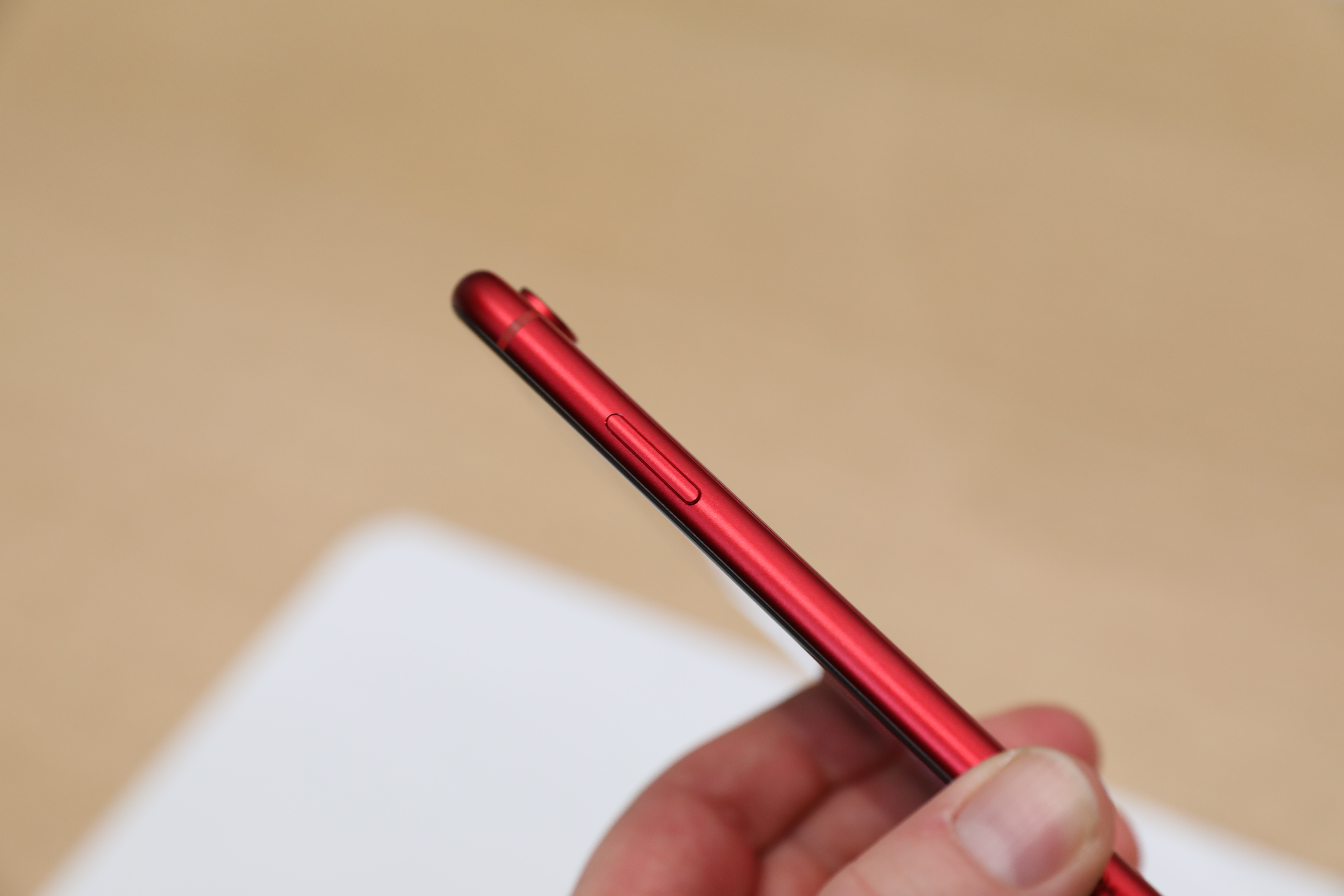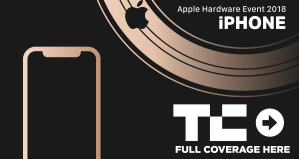Apple would have you believe that it’s not beholden to such trivial things as the market — roadmaps are long and the company’s always done its own thing. But the XR feels like as much a response to the first iPhone X than anything.
Last year’s flagship iPhone broke the $1,000 seal for the company. It was bound to happen, and certainly premium competitors like Samsung were racing in that direction with equal or greater speed. And while the $1,000 flagship is just a fact of life for early adopters, total sales numbers appear to have not hit the same heights as some predecessors.
The fact that the phone costs more on a per unit basis offset that, but moving to an all-premium product portfolio for a broad swath of the company’s user base. That’s where the XR comes in. Flashed onstage above in big, bright colors, I couldn’t help but be struck by the idea that the XR is, in its own way, the iPhone X version of the iPod Mini.

It’s cheaper, it’s smaller (than the Max at least) and it’s available in a broad array of neon swatches (blue, black, coral, yellow, white and Project Red). Perhaps it’s more of a playful take on the serious business of being an iPhone — but more importantly, for most users, it’s a way in to many of the iPhone X’s premium breakthroughs without having to spend an arm and a leg.
Better still, the XR looks like the iPhone X (and, for that matter, the XS). And that’s the whole point. The gulf is much smaller here than between the X and 8 — from a purely aesthetic standpoint, at least.
As we elbow one another out of the way in the standard post-Apple event media scrum, most of us had some trouble determining which was which, as they were all spread out along the same long table. The materials are different (stainless steel on the XS), but the colors are the real giveaway at first glance — well, that and the single camera on the back.

Interestingly, the display is actually larger than on the XS. Not really sure why Apple went that route here, but as I speculated in the XS Max write-up, this could well have to do with supply chain issues. It probably just made more sense to stick with the iPhone X’s panel for the followup.
All of this means that the XR is a bit larger than the XS in all dimensions. Here’s that breakdown:
iPhone XS: 143.6 x 70.9 x 7.7 mm
iPhone XR: 150.9 x 75.7 x 8.3 mm
The XR definitely felt a bit thick in-hand, though just barely. Ditto for the weight, which is 6.84 ounces to the XS’s 6.24.
Design aside, there are plenty of downgrades from XS, to help Apple hit that $729 price point. The screen is the main thing, swapping the OLED for a “Liquid Retina HD display” — you know, an LCD. That after all, was the primary factor driving up the price on the iPhone X. The camera’s down to one lens here, as well, though the company’s worked on a few tricks akin to what we’ve seen on the Pixel — namely the ability to simulate a bokeh effect without a second depth camera.
For most users, I suspect most of these elements won’t really be missed — unless, of course, you’ve already gotten comfortable with the iPhone X. While $749 is hardly “cheap” by the standards of mid-range handsets in 2018, it’s a pretty good entry-level price for an Apple handset. Also, don’t underestimate the importance of colors choices in the phone-buying process.

The XR feels like less of an afterthought, unlike the iPhone 8, which was hugely overshadowed by the iPhone X released alongside it. It looks and feels enough like the premium handset that, when coupled with the $250 price drop, it seems inevitable that Apple will sell a ton of the damn things.

